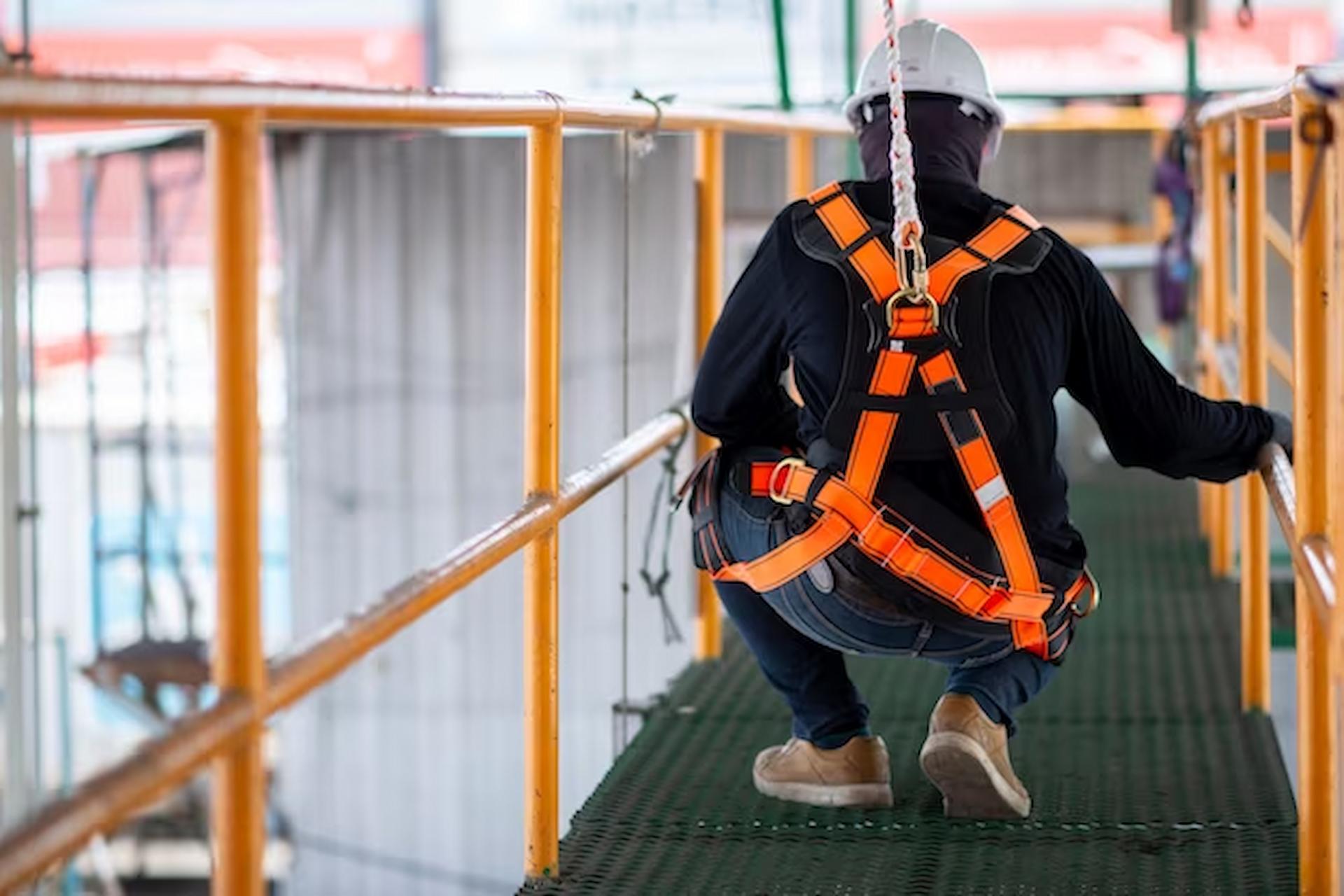According to OSHA guidelines, any sector other than construction that requires its employees to work above 4 feet of height is legally obligated to use necessary protection equipment including full body harnesses. The regulation refers to all these sectors as general industries. Regulations have also specified the heights when an employee should be provided with fall protection equipment, says Jason Wible Frenchcreek. The industries including
- Construction – 6 ft.
- General Industries- 4 ft.
- Scaffolding – 10 ft.
- Long-shoring – 8 ft.
- Shipyards – 5 ft.
It is noteworthy, depending on the type of industry, the type of job, and the wearer the specs of safety equipment vary which means safety harnesses are not one-size-fits-all types. Therefore when choosing full-body harnesses for employees, employers need to consider certain factors as stated below
What Is The Industry Type?
The foremost criterion is to determine the industry as stated in the above list to verify which type of safety harness will be appropriate for the specific sector. If the industry does not include the above, further research is necessary to decide the kind of safety equipment that suits it. Any kind of slackness in the research process or temptation to save costs to buy any general harness, may not only cost someone’s life but will require the operators to pay for it.
What Is The Purpose?
When choosing full-body harnesses, employers need to consider their type of application or the purpose of the work. In the construction industry itself, different types of jobs determine the type of harness required. For instance, an employee working on a ladder should use a positioning harness that is designed to free their hands while defending them from a fall.
On the contrary for involving in roofing works, employees will require using a personal fall protection system. Employees working in the oil and gas industry should be outfitted with a range of D-ring attachment points including front, side, and back in the safety harness since the setting remains extremely slippery. If any confusion, consulting OSHA about the requirements is the best choice.
Choose The Configuration
According to Jason Wible Frenchcreek, Full body harnesses are available in a range of styles, such as Y, H, and W straps. Similarly, they may include tool belts, seat support as well as an assortment of D-ring options. Choosing a configuration that will be suitable for the wearer, easy to understand, wear, and purposeful should be the idea. The appropriate configuration and specs will boost the efficiency of the worker and provide them with the required protection that they deserve.
The Product Must Meet The ANSI Z359.11 Standard
Manufacturers of fall protection devices must meet the standards for their fall protection systems. Before selection, go through the test report of ANSI and also CSA compliance, apart from the product reviews. Going through the reviews can get you a good insight into the reliability and performance of the product. Any mistake in this process can cost your business grossly, and therefore consider every factor with due diligence.
Cost, Type Of Materials, And Features
As per the thumb rule, more outlay means getting a more robust, feature-oriented, and comfortable product. Buyers can expect high-quality durable materials with heavy-duty straps, connectors, and D-rings. Compromising on price for a product that determines the death and life of an employee, business productivity, and its reputation, does not make sense. So, it is always the best choice to go for a good quality product that is recognized in the market.



